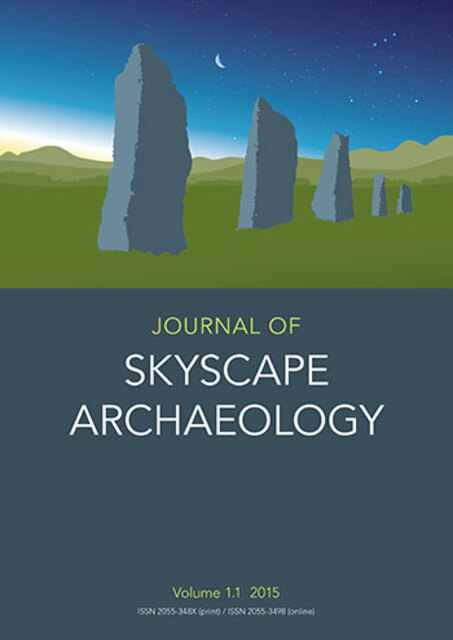Enduring Sacred Places: The Astronomical Orientation of the Iberian Cave-Sanctuary of Cueva Santa del Cabriel in Spain

Full description
This paper presents the results of an archaeoastronomical study of the Iberian Iron Age cave-sanctuary of Cueva Santa del Cabriel, near the town of Mira in the province of Cuenca, Castilla-La Mancha, central Spain, together with a review of the latest archaeological and ethnographical data about the site. We found that the cave's 12 m-long access corridor is oriented precisely along the summer solstice sunset, so that the north wall of the main gallery is partially illuminated by sunlight at this time. Although the cave was in use from the Late Chalcolithic, it became an important religious centre in the Iberian period. After an apparent hiatus during the Roman and Islamic occupations, its ritual use was re-established with the Christian Reconquista, especially from the fourteenth and fifteenth centuries, and it is now dedicated to the worship of the Virgin Mary. Popular pilgrimages to the cave have continued until the present day. The characteristics of modern traditions related to the cave can, however, be of great value in understanding ancient Iberian ritual practices.
- typeImage
- created on
- file formatjpeg
- file size22 KB
- container titleJournal of Skyscape Archaeology
- creatorSonia Machause López, César Esteban, Fernando Moya Muñoz
- issnISSN (Online): 2055-3498
- issue5.1
- publisherEquinox Publishing Ltd.
- publisher placeSheffield, United Kingdom
- doi
We use cookies to analyze our traffic. Please decide if you are willing to accept cookies from our website. You can change this setting anytime in Privacy Settings.
